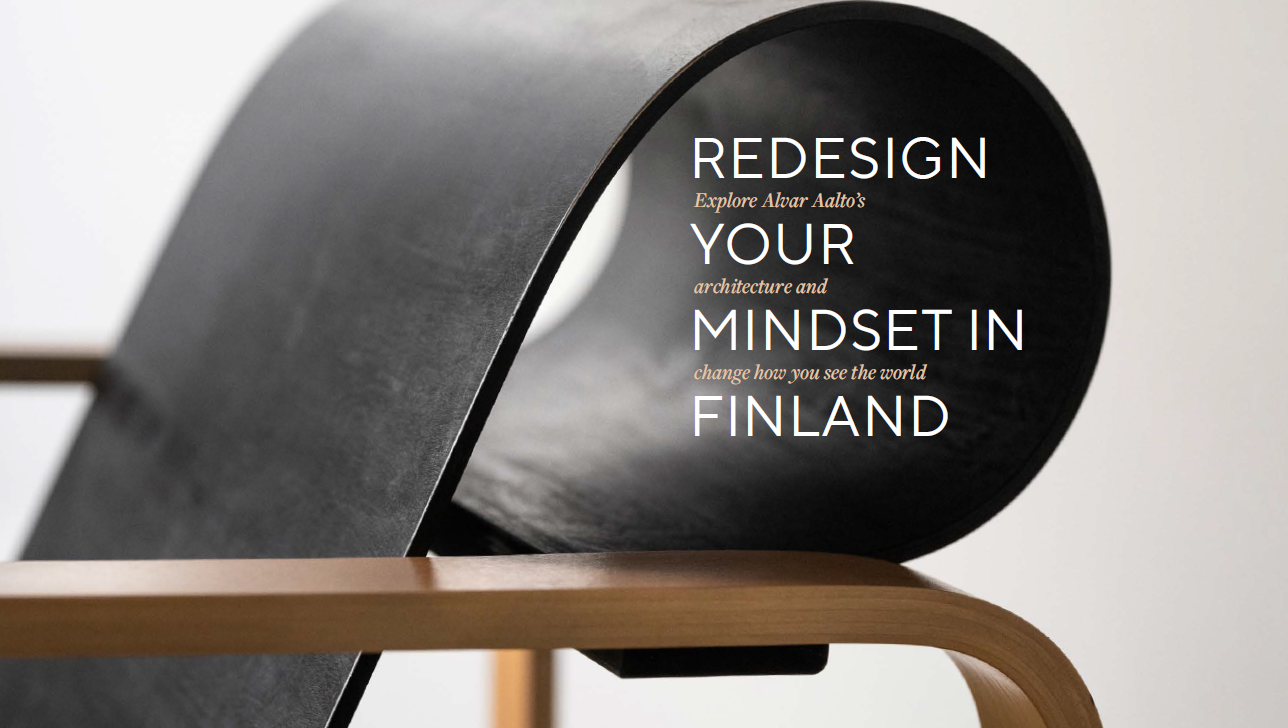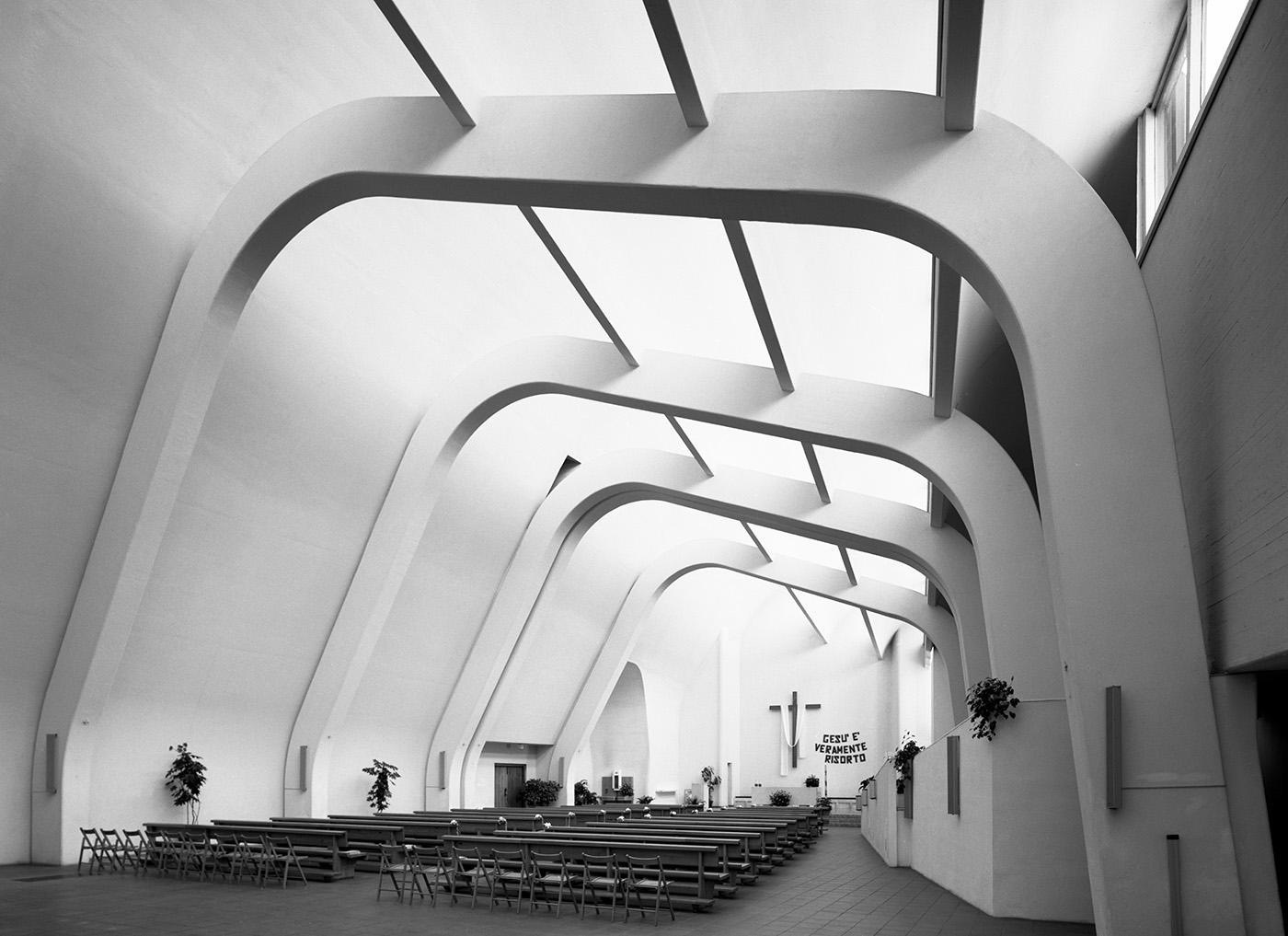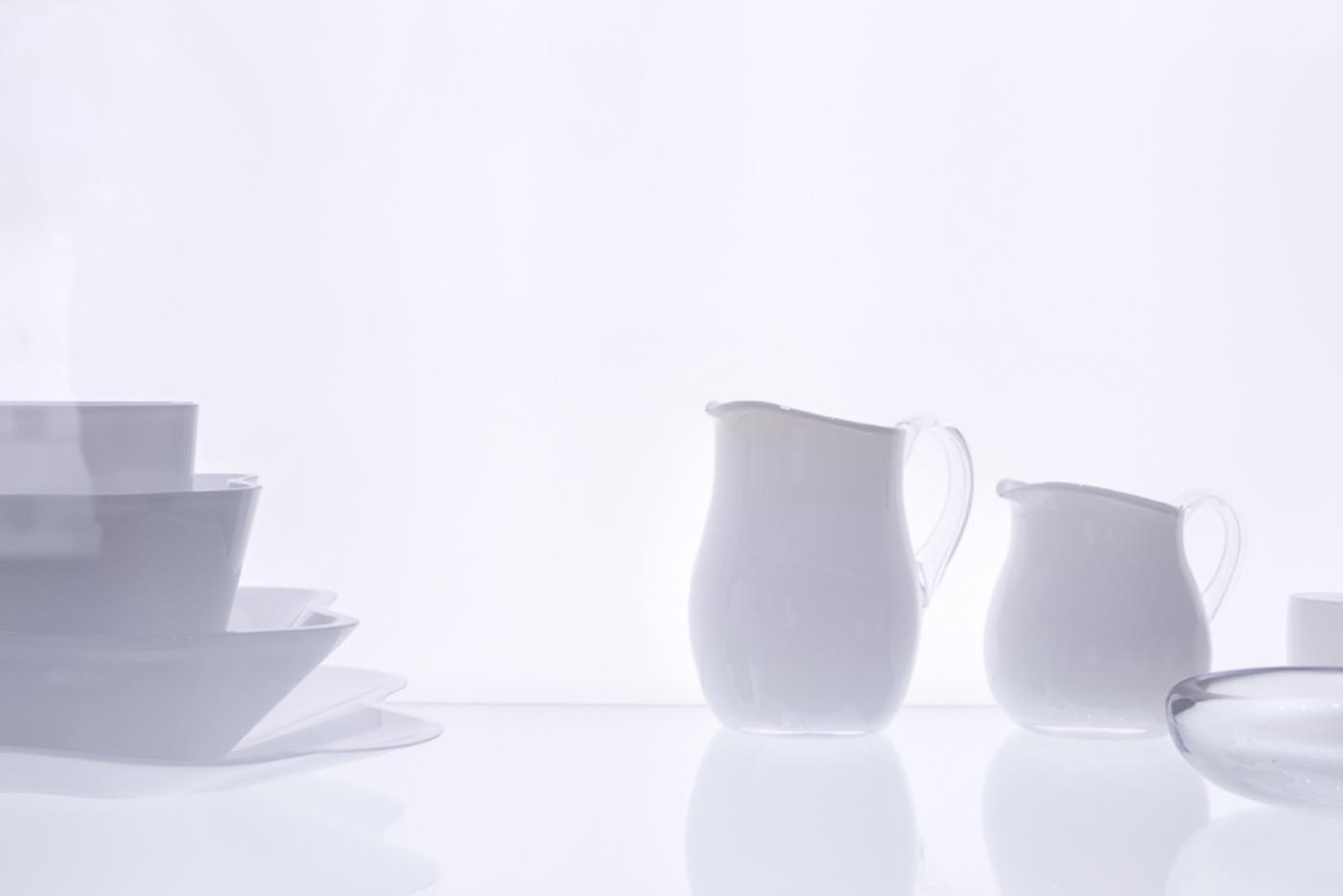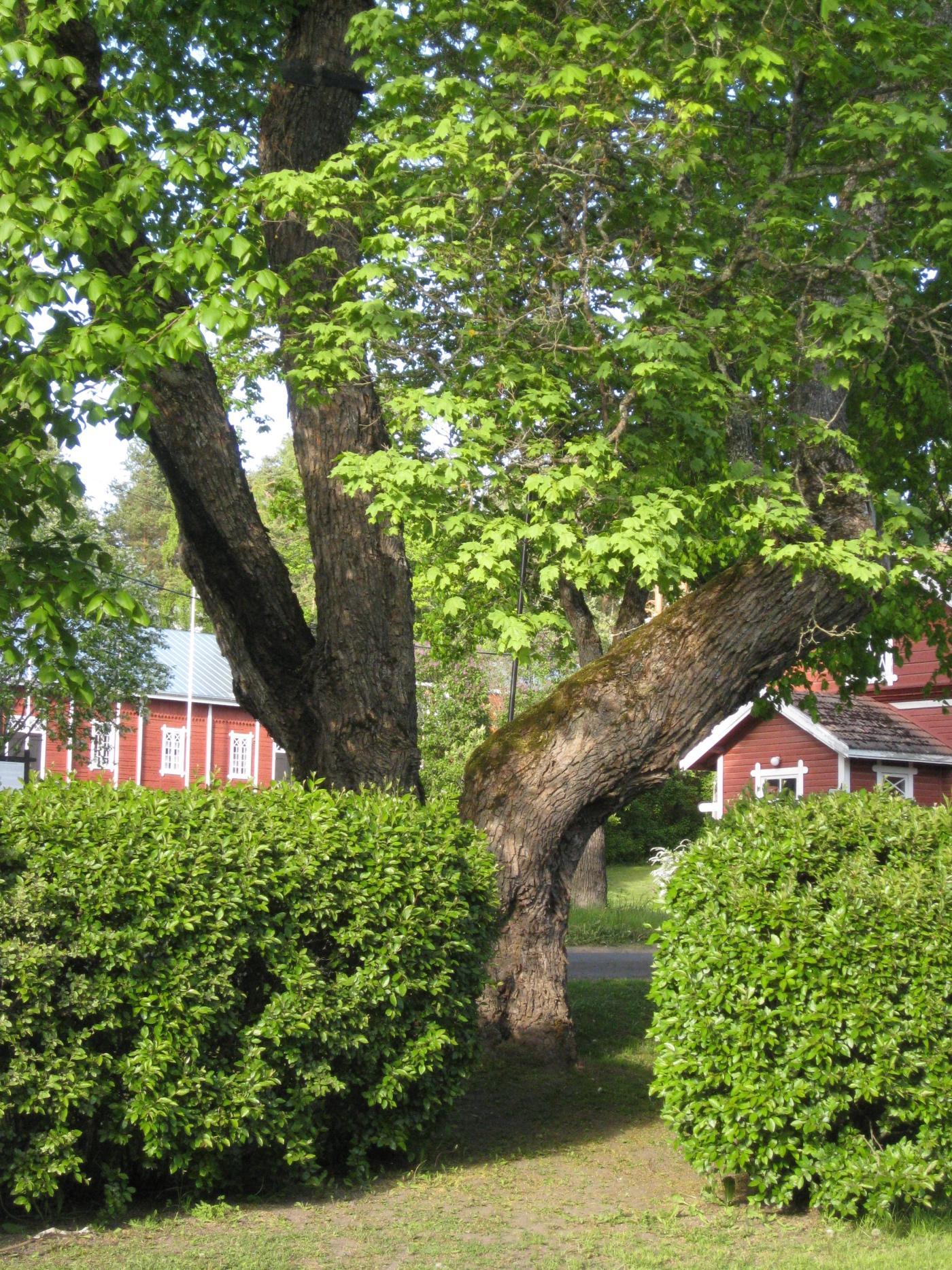
Welcome to the Alvar Aalto Route – a journey where the magic of architecture and design comes alive, inviting you to see the world through a redesigned lens. Alvar Aalto (1898–1976), the visionary of modern architecture, shaped spaces with a profoundly human approach. His creations are more than buildings; they are experiences that resonate with the soul. Scattered across Finland and beyond, they serve as gateways to a reimagined world.
In 2021, this extraordinary route was honoured with the prestigious certification as a Cultural Route of the Council of Europe, affirming its role in the rich tapestry of European heritage. The Alvar Aalto Route offers more than a journey through architectural masterpieces—it extends a warm invitation to immerse yourself in a space where design, nature, and the human spirit converge in harmony.
This catalogue is your guide to a curated collection of Aalto experiences. Each package is a thoughtfully designed adventure into Alvar Aalto’s world, seamlessly blending his iconic architecture with the unique flavours of local life. From serene Finnish landscapes to vibrant European Aalto destinations, these journeys offer something for everyone. Whether you’re a first-time visitor or a devoted admirer of Aalto’s work, we warmly welcome you—and continually seek new partners to enrich the experience.
Step into spaces that defy the ordinary, where every curve, every material, and every detail tells a story that redefines how you perceive the world around you. This is the essence of the Alvar Aalto Route: an invitation to rediscover beauty, functionality, and the interconnectedness of life through the lens of one of modern architecture’s greatest minds.
Let us help you navigate this adventure and uncover how Aalto’s vision can transform not just physical spaces but also the way you view the world itself.

The small mountain village of Riola di Vergato lies on a slope of the Apennines some forty kilometres south of Bologna, along the road to Pistoia. The ecumenically inclined Bishop of Bologna, Cardinal Giacomo Lercaro, asked Aalto in 1965 to design a small church next to the old highway bridge across the river Reno. Aalto’s initial plan from 1966 already showed the church in its final form, but it was later supplemented by a wider plan including a retirement home and a kindergarten. Plans were then further developed in 1969 and again in 1975, continuing until 1980.
As Aalto had done in Seinäjoki, Aalto laid out an enclosed piazza in front of the church, in order to enable a large congregation of thousands to participate in divine services at major religious festivals. Aalto also thought that the church itself, which normally seats a congregation of 200, could be equipped with a gigantic sliding wall in order to divide it up, according to need, into a mini-church – comprising the altar, chancel, and baptistery – and a larger room for non-religious events. The church has an asymmetrical basilica disposition of a slightly wedge-like shape; the unusual roof system consists of a stepped vault whose fragments run longitudinally on one side, while the other side slopes towards the chancel. The surfaces of the fragmented vault are glazed, so that the whole church is bathed in sunlight reflected by them. The vault system is borne by seven gently curved, asymmetrical concrete arches that emerge from the ground on one of the long sides; they recall the shapes of Aalto’s famous wood furniture.
To the left of the chancel is the vestry, which forms part of the vicar’s apartment. The baptistery is on a somewhat lower level to the right of the chancel; it has a lantern visible from the outside and a window overlooking the river below. A campanile, consisting of five parallel vertical concrete planks, rises on the far side of the forecourt, providing an optical lift as a counterpart to the sloped roof of the church. The forecourt is walled off on one of its long sides, sheltered from the ravine of the river. The opposite side is lined by a colonnade and a modest parish building housing youth clubs, meeting rooms, etc.
Explore Alvar Aalto in Italy via WebApp by TERRITORI Narrative Italian Landscape.

Get to discover the collaboration between Ahlström Ironworks and Alvar Aalto, which resulted in these architectural masterpieces surrounded by pine forests. These buildings receive visitors from every corner of the world!
Get to learn about architecture and lifestyle in the Ahlström’s Works sites designed by Alvar Aalto. In Noormarkku you will get acquainted with the sophisticated Villa Mairea, while in Kauttua you will explore the Terraced House and the Riverside sauna.
Human scale and a healthy lifestyle are an integral part of the architecture of the Kauttua Works area. Here, the visitor is presented with a diverse selection of architectural designs by Aalto. You can start your tour at the famous Terraced House, where you can explore an apartment furnished with Artek interiors. On a guided walking tour, you will also visit the Riverside sauna: the location of the public sauna and laundry for the Ahlström workers, designed jointly by Aino and Alvar Aalto. All around, you will spot several other architectures by Aalto, including the civil servants’ residence and standard housing on the Varkaudenmäki hill.
The visit to the Terraced House also offers the possibility to purchase the vintage Artek pieces on display, while the Riverside sauna also hosts a design shop that features secondhand items as well as new Finnish and Scandinavian design models!
From Kauttua, the tour continues towards Noormarkku Works. The world-famous Villa Mairea is located in Noormarkku, where it stands surrounded by a pine forest. Aino and Alvar Aalto designed Villa Mairea as a home for their friends Maire and Harry Gullichsen; the villa is still partly in private use by the Gullichsen family. On the inside, the beautiful original interiors designed by Aino Aalto are further enrichened by a significant international art collection.
While on the guided tour of the Works, you will also get to explore the Ahlström Voyage -exhibition, and the Makkarakoski sawmill museum.

The day starts with a visit to Euran Pirtti, the building of the local youth association in Eura, designed by Jalmari Karhula. At Euran Pirtti, we have morning coffee with the delicious Euran rinkilä doughnuts, which have been selected for the list of living Finnish heritage.
The tour continues to “Naurava lohikäärme”, or Laughing Dragon, which is a guidance centre in prehistory, housed in an old stone cowhouse. A guide presents the prehistory of Eura, especially the region’s rich Viking era. You can try prehistoric handicrafts and guess the weight of a copy of a Viking sword. In the shop of Laughing Dragon, you can buy products that are based on the abundant ancient prehistoric finds made in Eura.
We continue by bus with the guide towards the Luistari Ancient Park, which is one of the most important areas for prehistoric relics in Finland. More than 1300 Iron Age graves have been studied at Luistari. In the summer, there is a photography exhibition of the excavations in the area.
After the guided tour, we continue with the guide to Kauttua Ruukinpuisto Works and have lunch at Kauttua Manor, which is the main building of the ironworks from 1802.
The day continues after lunch with a guided walking tour or bus tour in Kauttua Ruukinpuisto Works. Here we get to know the buildings in the industrial environment: the old residential buildings from the times of the ironworks and the Visitor Centre. After this, we will learn about the influence of Alvar Aalto at Ruukinpuisto. We will visit the Terraced House and its apartment exhibition where architecture, interior decoration and art meet each other. At the end of the day, the tour includes visits to the other Aalto attractions such as the Riverside Sauna, which was originally built for the workers. The building now houses a cafeteria and a design shop. Afternoon coffee is served at the Riverside Sauna.
You can also stay overnight in Villa Aalto, designed by Alvar Aalto, located in the Kauttua Ironworks area. Originally, it served as a dormitory for female clerks.



